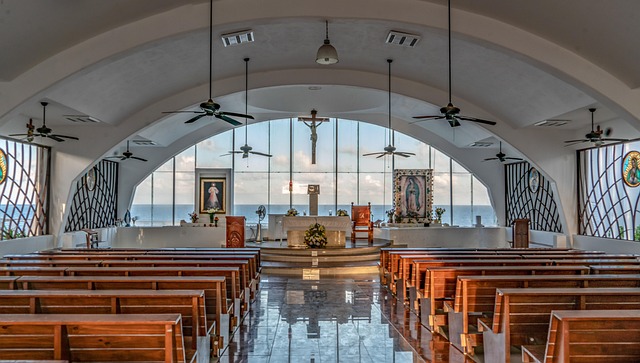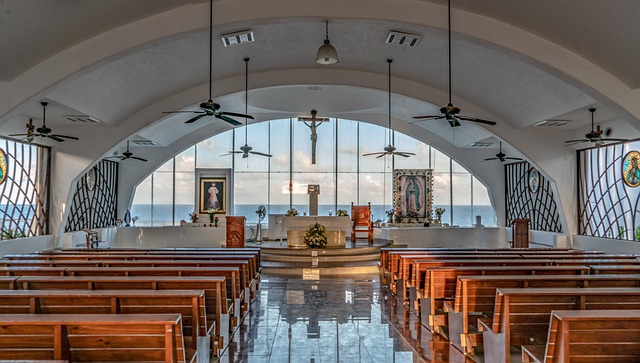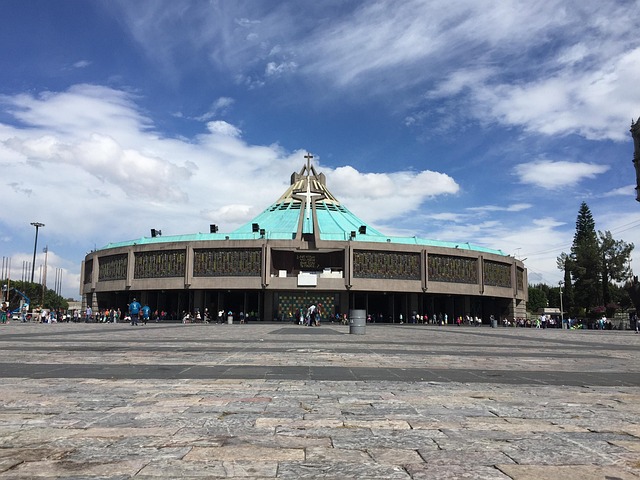Close-knit communities significantly boost local economies by encouraging entrepreneurship, fostering business support, and driving real estate development. Key factors like quality schools, safe streets, and vibrant community life influence neighborhood choice, leading to well-maintained homes and modern amenities. This mutual synergy between families and developers creates robust local economies where residents actively support nearby businesses, enhancing the area's desirability for both residents and developers. Intergenerational knowledge transfer and strong networks further stimulate economic growth, with diverse local businesses and a steady customer base for local shops, reinforcing the community's social fabric.
In today’s fast-paced world, close-knit families are a rare gem, but their impact on local economies cannot be overstated. This article explores how these supportive communities drive economic growth in unique and sustainable ways. We delve into three key areas: the boost provided by local businesses, family-centric neighborhoods’ influence on real estate, and intergenerational support systems fostering prosperity. By understanding these dynamics, we can appreciate the profound role of close-knit families in thriving communities.
The Impact of Close-knit Communities on Local Businesses

Close-knit communities play a significant role in fostering and strengthening local economies, with their positive impact often seen in thriving small businesses. When families and neighbors are deeply connected, there’s a natural tendency to support local initiatives, including patronizing nearby stores and restaurants. This collective behavior creates a robust local business scene, encouraging entrepreneurship and innovation within the community.
These communities serve as a stable foundation for real estate development too. Local businesses tend to thrive when backed by supportive residents, which in turn attracts investors and developers. The result is often a vibrant mix of retail, dining, and residential spaces, enhancing the overall quality of life and making the area more desirable. Such dynamics can drive economic growth, create jobs, and contribute to the long-term prosperity of the region.
Real Estate and Family-oriented Neighborhoods: A Synergistic Relationship

In many close-knit families, the decision to settle in a specific neighborhood often revolves around accessibility to quality schools, safe streets, and a vibrant community atmosphere—all hallmarks of family-oriented areas. This preference naturally aligns with real estate trends, as developers recognize the importance of catering to these needs. As a result, family-centric neighborhoods often feature well-maintained homes, modern amenities, and a strong sense of belonging that encourages local economic engagement.
The synergy between close-knit families and real estate is mutual. Families seek out communities that support their lifestyle choices and educational goals, while developers create spaces that cater to these demands. This dynamic fosters a robust local economy where residents are invested in their surroundings, contributing to the success of nearby businesses and reinforcing the desirability of the neighborhood as a whole.
Fostering Economic Growth Through Intergenerational Support Systems

Close-knit families have long been a cornerstone of vibrant communities, and their impact on local economies is significant. Intergenerational support systems create a strong network that fosters economic growth. When older generations pass down their knowledge and skills to younger family members, it encourages entrepreneurship and innovation within the community. This exchange of expertise can lead to the establishment of local businesses, from real estate ventures to artisanal crafts, contributing to a diverse and thriving economy.
Moreover, these families often provide a stable customer base for local shops and services, ensuring their longevity. The interdependence strengthens the social fabric and creates a positive feedback loop where economic vitality supports further family initiatives, fostering a sustainable cycle of growth.






